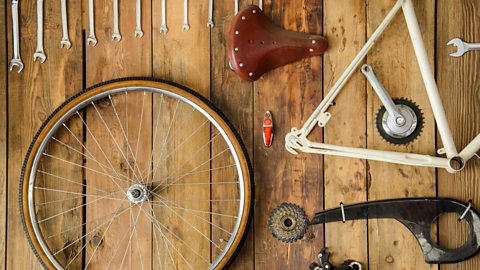Informing design decisions
It is important for designersSomebody responsible for planning the layout or structure of a piece of work, eg a poster, a website or a computer game. to consider a wide range of perspectives when designing a product and to consider the many scenarios that affect the productвҖҷs life.
Planned obsolescence
planned obsolescenceDeliberately giving a product a short life span. is the practice of designing products that will have a limited life and that will become obsolete and require to be replaced, such as disposable razors. Modern mobile phones are a good example as they need continual software upgrades and they are soon replaced by new better-performing models. Planned obsolescence is generally bad for the environment as it creates more waste.
Design for maintenance
design for maintenanceEnsuring a product lasts long through parts that can be repaired or replaced easily. is a term used when designing products that are more durableHardwearing. and have spare parts available to mend and maintain them. This is only possible with low-tech or modularSections that can be moved into different arrangements. products that donвҖҷt require a great deal of skill to repair. For example, a push bike can be regularly maintained, with parts such as pedals and chains being replaced when they are damaged.

Design for disassembly
design for disassemblyEnsuring a product can be taken apart for responsible disposable such as recycling or reusing. is a concept that when a product has reached the end of its life it can be taken apart and parts reuseTo use a product again rather than replacing with a new one - one of the 6 Rs. or recycleTo break down and process so a new material is produced - one of the 6 Rs.. For instance, a stool could be unscrewed to allow the plastic seat and steel legs to be recycled.
Environmental design
environmental designDesigning products by ensuring minimal impact on the environment. is something designers are increasingly considering by:
- making products from renewableInexhaustible and replaceable. materials, such as paper straws instead of plastic, to create less waste material
- transporting materials in a more efficient way to cut down on emissions of greenhouse gases The gases responsible for global warming and climate change - carbon dioxide, methane, nitrous oxide and CFCs (chlorofluorocarbons).
- cutting down the use of finite resourceResource that can only be used once and is in limited supply. For example, oil is a finite resource. for use in production and for energy supply; improving the overall environmental impact of a product
